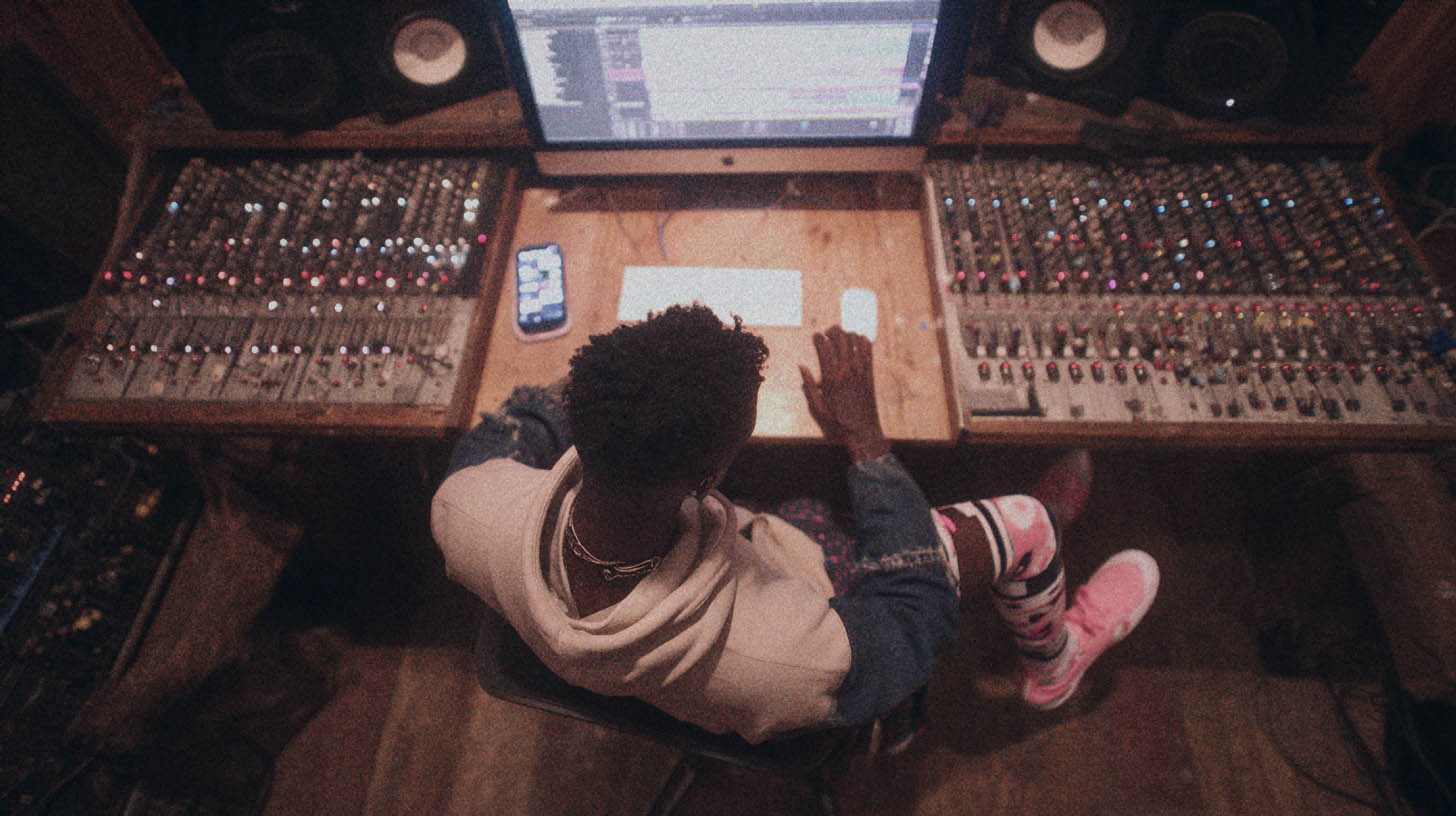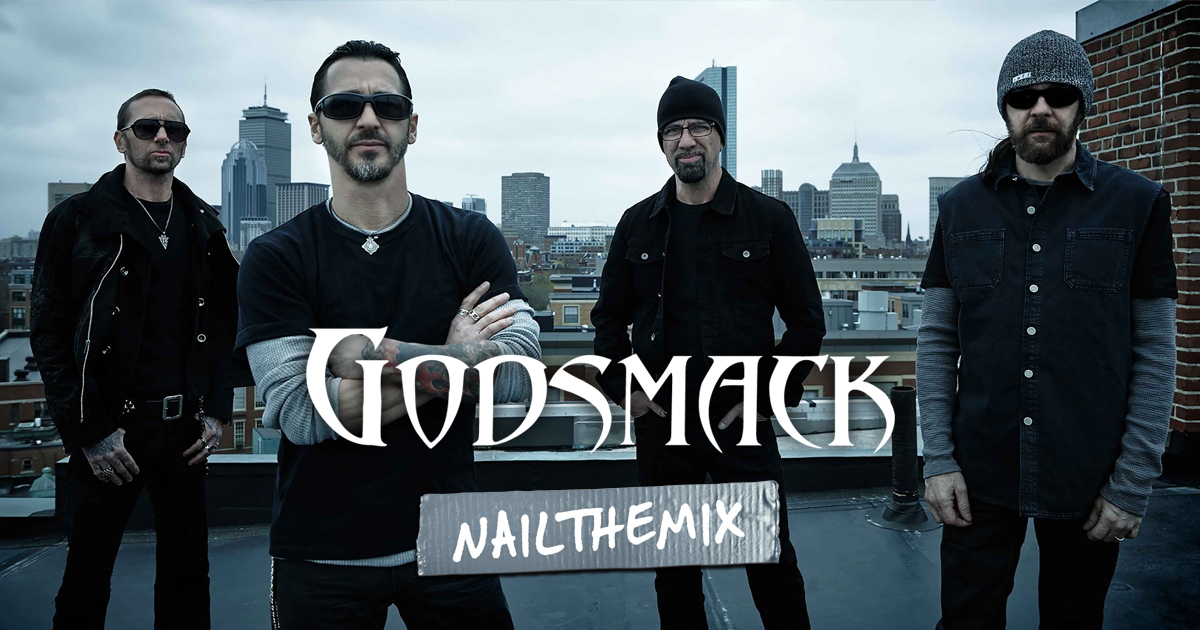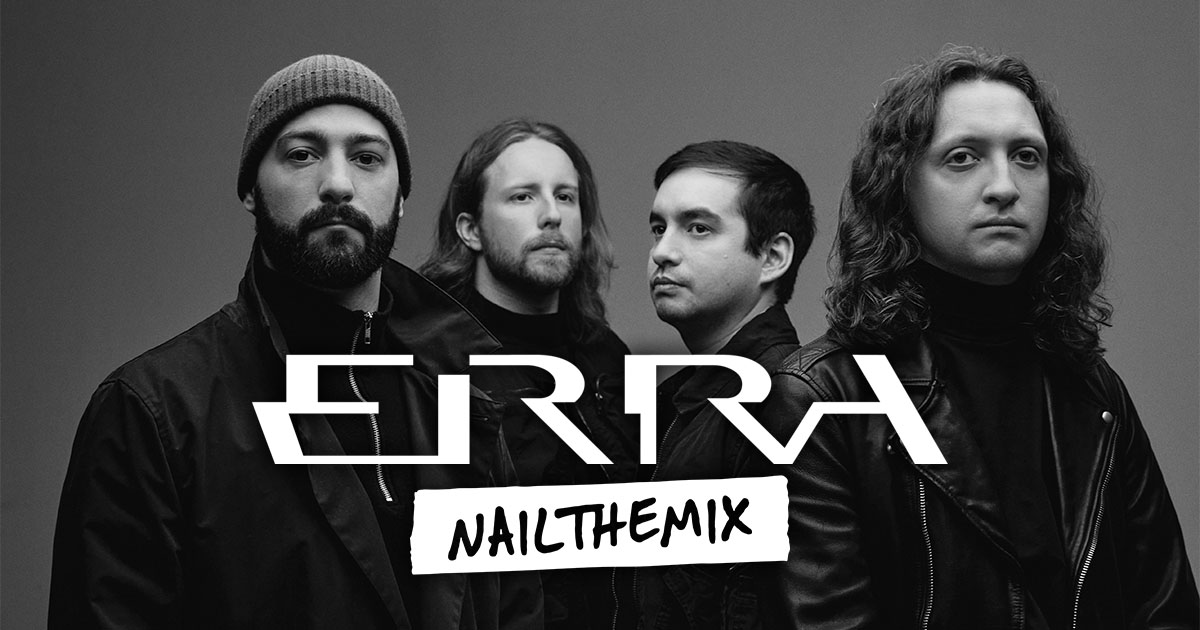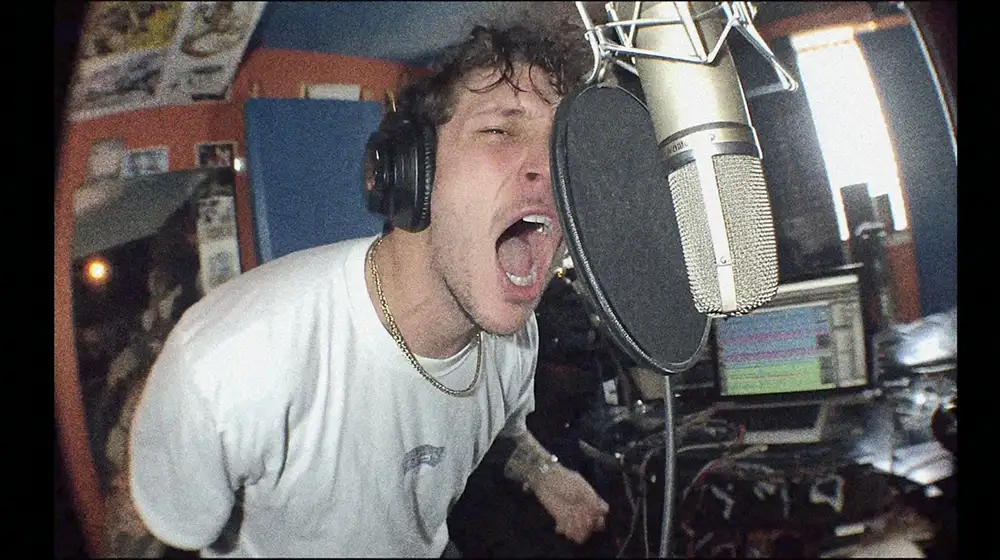
Fredrik Nordstrom’s Bring Me The Horizon Kick Drum Formula
Nail The Mix Staff
Let’s face it, the kick drum on Bring Me The Horizon’s “Chelsea Smile” is an absolute sledgehammer. It’s got weight, it’s got punch, and it cuts through a wall of guitars without turning into a mushy mess. Getting that kind of power and definition is the holy grail for any metal producer.
So, how did legendary producer Fredrik Nordstrom (In Flames, Architects, At The Gates) craft it? In a Nail The Mix session where he recreated his mix of the iconic track, Fredrik laid out his entire strategy. While he had to rebuild some elements from the decade-old session, his modern approach gives us a direct blueprint for building a world-class metal kick.
This isn’t about one magic plugin. It’s about a smart, layered approach. Let’s break down Fredrik’s formula for that monstrous BMTH kick.
Building the Perfect Beast: Layering the Kick Drum
The core of Fredrik’s technique lies in blending the original acoustic kick performance with carefully selected samples. This hybrid approach gives you the best of both worlds: the organic feel and low-end body of a real drum, combined with the surgical precision and consistency of samples.
Step 1: Taming the Acoustic Kick
Before even thinking about samples, Fredrik makes sure the source track is clean. He focuses on the Shure SM91 microphone track, a classic choice for capturing the internal attack of a kick drum. His goal isn’t to dramatically reshape the sound, but to remove any problematic frequencies that could clash with other elements later.
The ‘Search and Destroy’ EQ Method
Fredrik uses a classic—and brutally effective—EQ technique. Here’s how you can do it:
- Grab your go-to EQ plugin.
- Create a bandpass with a very narrow Q (bandwidth).
- Crank the gain way up, by 15-20dB.
- Sweep this boosted peak across the frequency spectrum while the kick is playing.
- Listen for any frequency that sounds particularly harsh, boxy, or “annoying,” as Fredrik puts it.
- Once you find the offending frequency, flip the gain from a boost to a cut, pulling it down until the problem disappears.
This surgical move cleans up the acoustic track, making space for the samples to shine without creating a muddy buildup.
Step 2: Choosing Your Sample Weapons
With a clean acoustic foundation, it’s time to add the power. Fredrik’s blend is primarily built on two key samples.
The Body: The “T-Rex” Sample
Interestingly, the main sample Fredrik uses isn’t one you can buy. It’s a custom kick he created himself, nicknamed “T-Rex”—a sample so powerful and well-crafted that he uses it with zero additional processing. This is a huge takeaway: your raw sound matters most. Spending time finding or creating a core sample that already sounds 90% of the way there will save you hours of fighting with plugins. The T-Rex sample provides the consistent weight and body that drives the track.
The Attack: The “Click” Sample
To ensure the kick drum attack cuts through the mix, Fredrik layers in a third sound. He uses a sample he calls the “four beyond driven one,” which provides a sharp, aggressive click. He blends this in very subtly, with its main purpose being to reinforce the beater’s transient. This ensures that even on small speakers or during the fastest double-bass sections, every single kick hit is audible and defined.
The Final Polish: Kick Bus Processing
Once the acoustic kick and the two samples are balanced, Fredrik sends all of them to a single stereo bus or group. This is where he applies the final processing to “glue” them all together and make them sound like one cohesive instrument.
For the “Chelsea Smile” kick, he reached for the Waves SSL Channel Strip plugin.
Strategic Bus EQ
On the bus, he’s not making surgical cuts anymore. He’s making broader, more musical moves to shape the overall character of the kick. His settings included:
- A boost at 60Hz: To add foundational weight and sub-lows.
- A cut around 400Hz: To remove boxiness and make room for the bass guitar and low-end of the rhythm guitars.
- A boost in the high-mids and treble: To accentuate the “click” and help the kick cut through the cymbals and vocals.
Subtle Glue with Bus Compression
Finally, a touch of bus compression brings the layered kick to life. The goal here isn’t to smash the dynamics but to gently tame the peaks and add a cohesive punch. This subtle squeeze helps meld the three separate kick tracks into a single, unified sound. It’s the final touch that makes the kick feel powerful and solid.
The Pro-Mixer Mindset: Use Your Ears, Not Your Eyes
One of the most valuable insights from Fredrik’s session wasn’t a setting, but a philosophy. He stressed the importance of mixing with a control surface (like his D-Command) so he can tweak EQs and compressors without looking at the plugin’s graphical interface.
Why? Because our eyes can fool us. You might see a huge EQ boost and think, “That’s too much,” even if it sounds perfect. By closing your eyes and just twisting knobs, you’re forced to rely on the only thing that matters: how it sounds. It stops you from “mixing a video game” and gets you back to making purely musical decisions.
Build Your Own Monstrous Tones
Fredrik Nordstrom’s approach to the Bring Me The Horizon kick is a masterclass in modern metal production. It’s about building a sound from the ground up:
- Start with a clean acoustic source.
- Layer it with a powerful core sample and a separate click sample.
- Glue it all together with strategic bus EQ and compression.
- Trust your ears above all else.
These techniques are a fantastic framework to start applying to your own mixes right now. But imagine seeing every single move, hearing the A/B comparisons in real-time, and getting the actual multi-tracks from the session to practice on yourself.
Bring Me The Horizon on Nail The Mix
Fredrik Nordstrom mixes "Chelsea Smile"
Get the Session
That’s exactly what Nail The Mix is all about. We provide a path to unlock your sound by putting you in the room with producers like Fredrik Nordstrom, Will Putney, and Dan Lancaster. Want to get your hands on the full Bring Me The Horizon “Chelsea Smile” multi-tracks and watch Fredrik’s complete 8-hour mixing session? You can get instant access right here.
Get a new set of multi-tracks every month from a world-class artist, a livestream with the producer who mixed it, 100+ tutorials, our exclusive plugins and more
Get Started for $1





